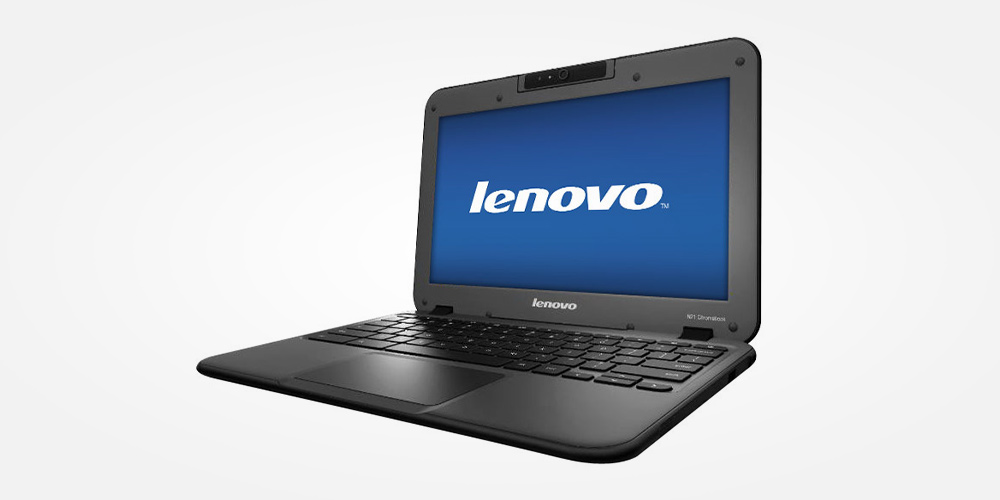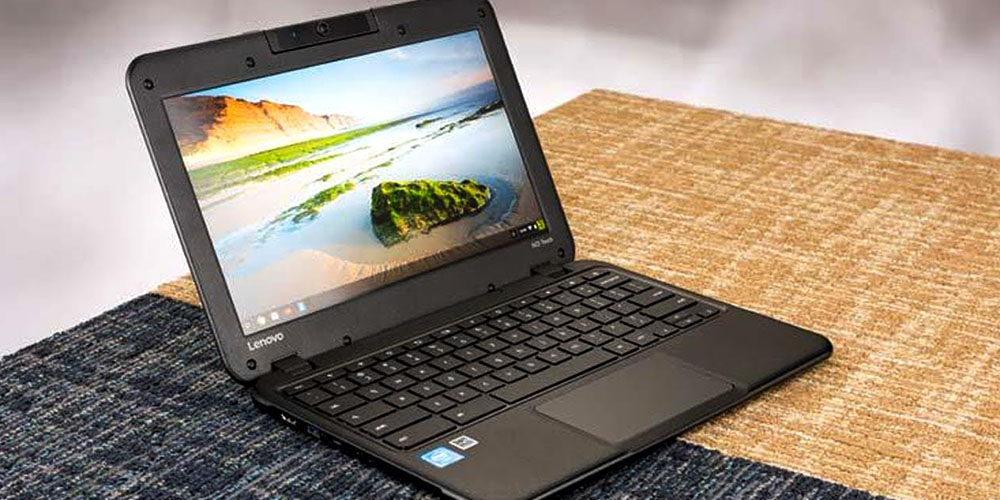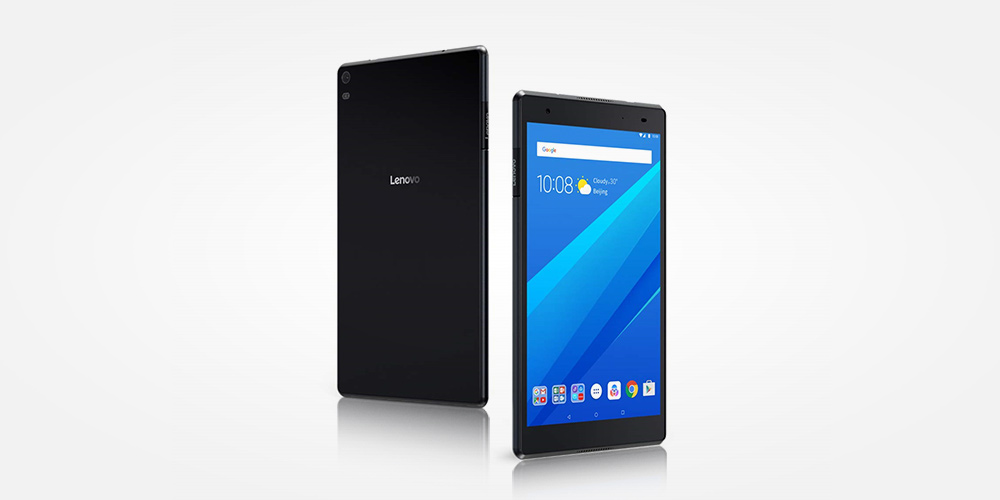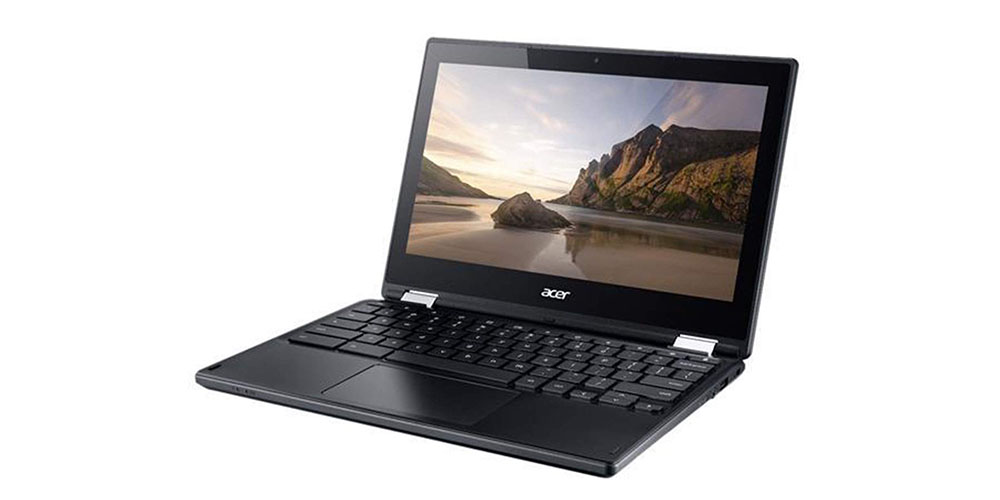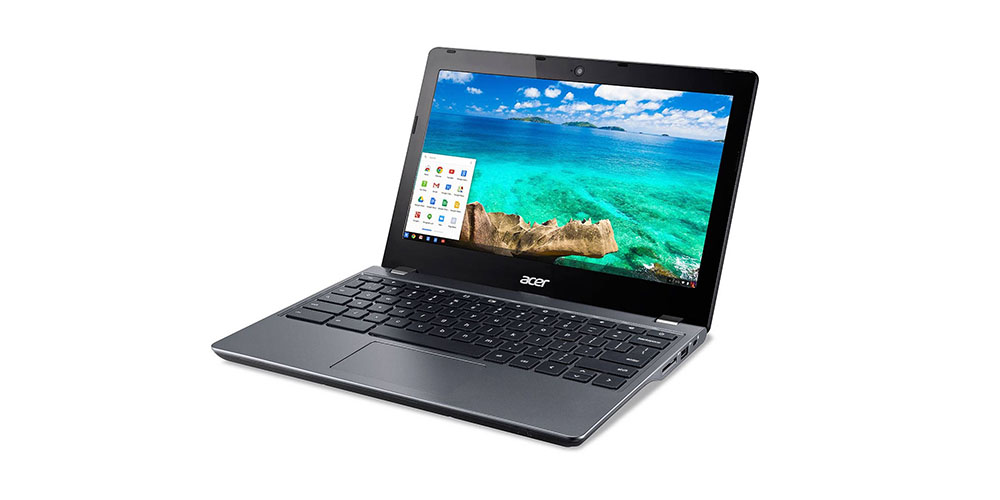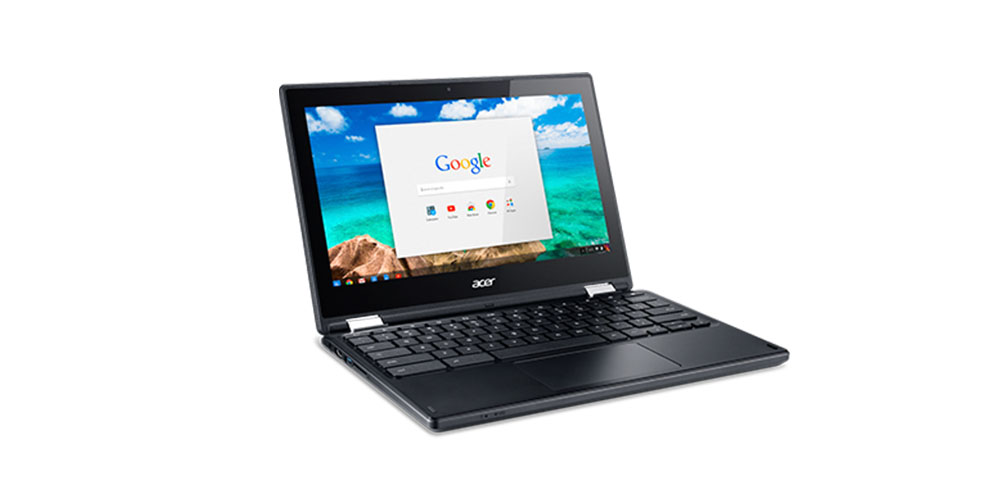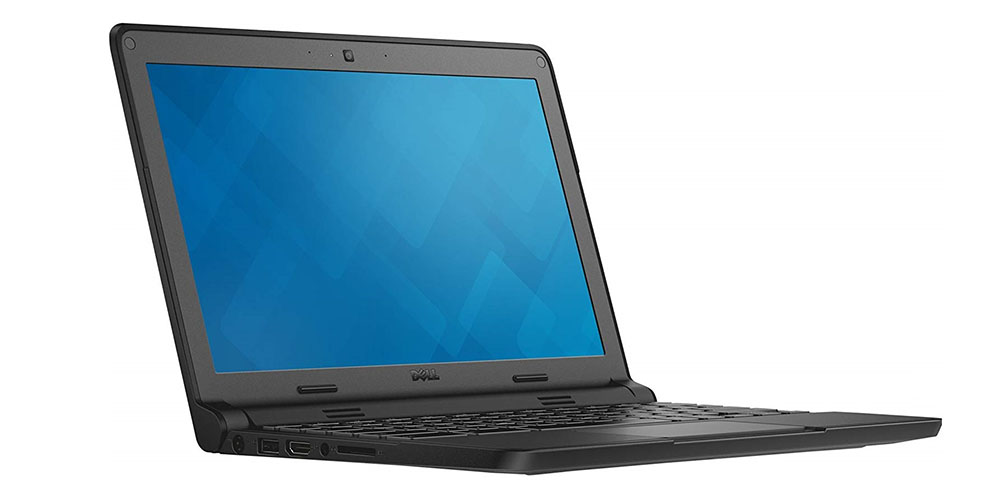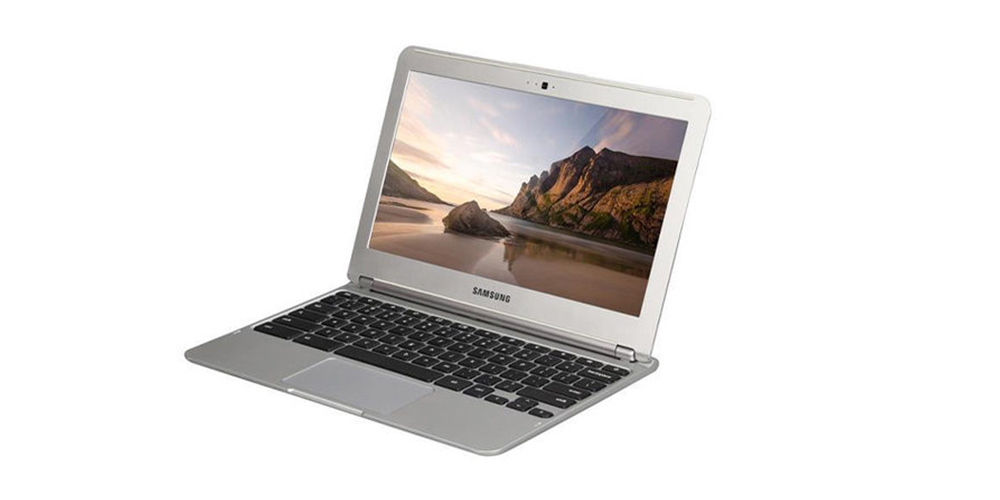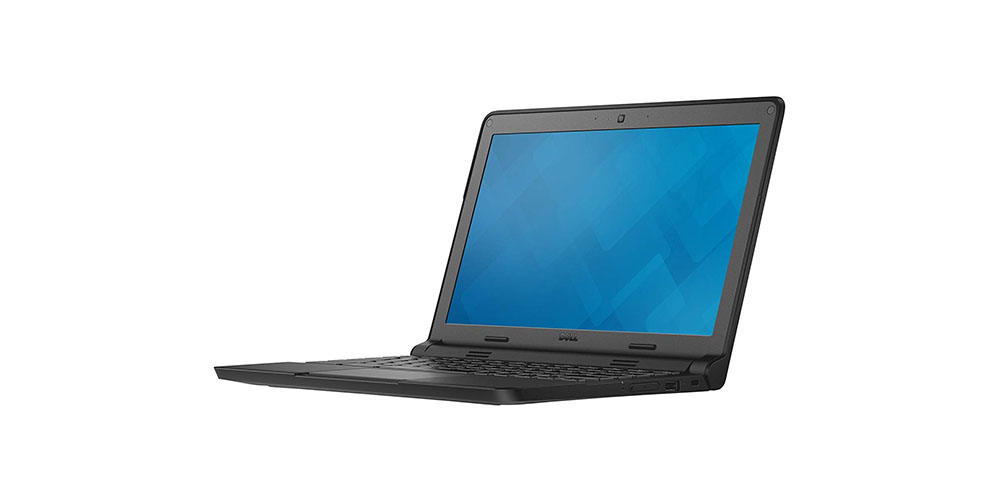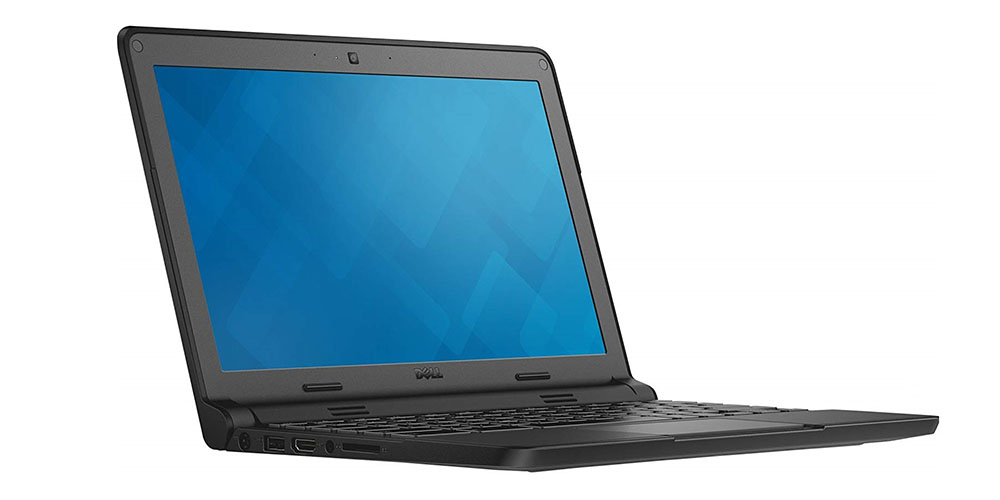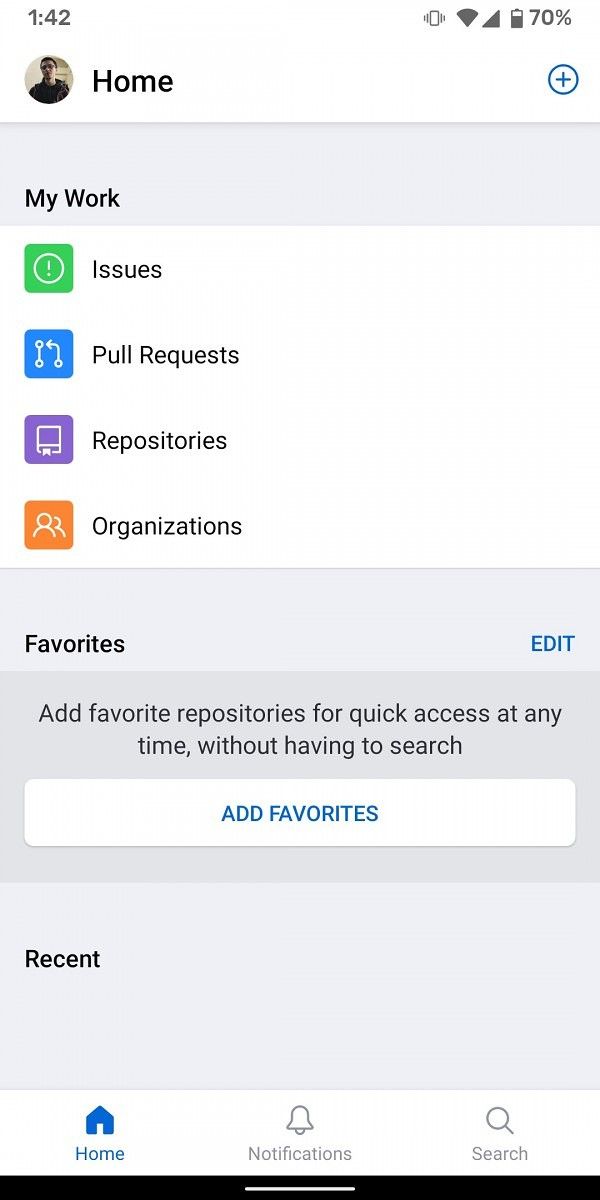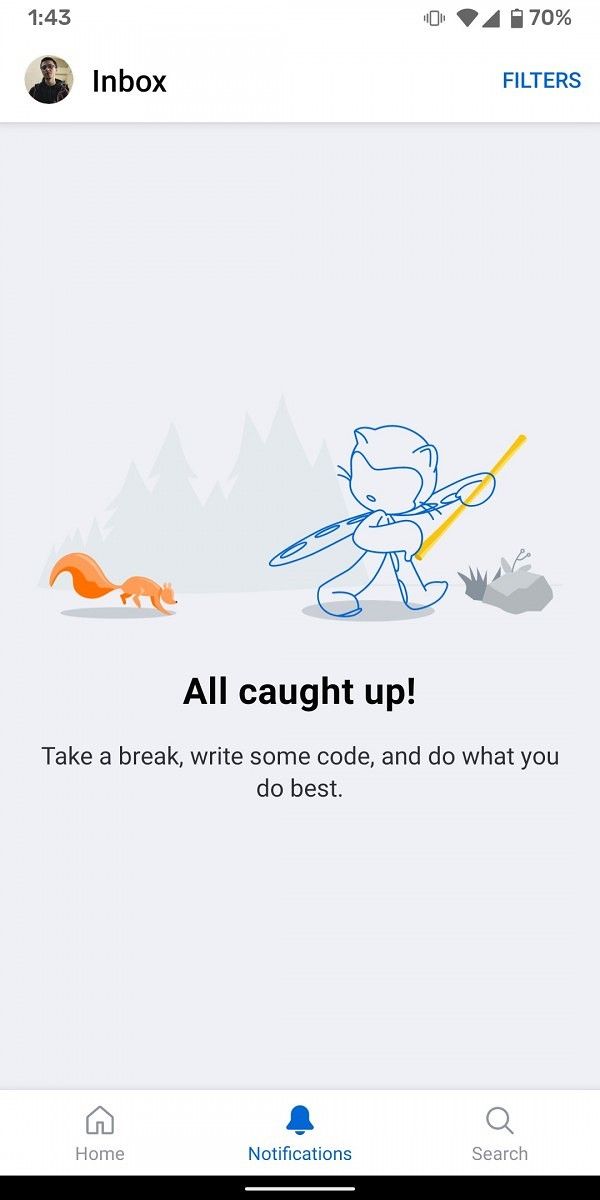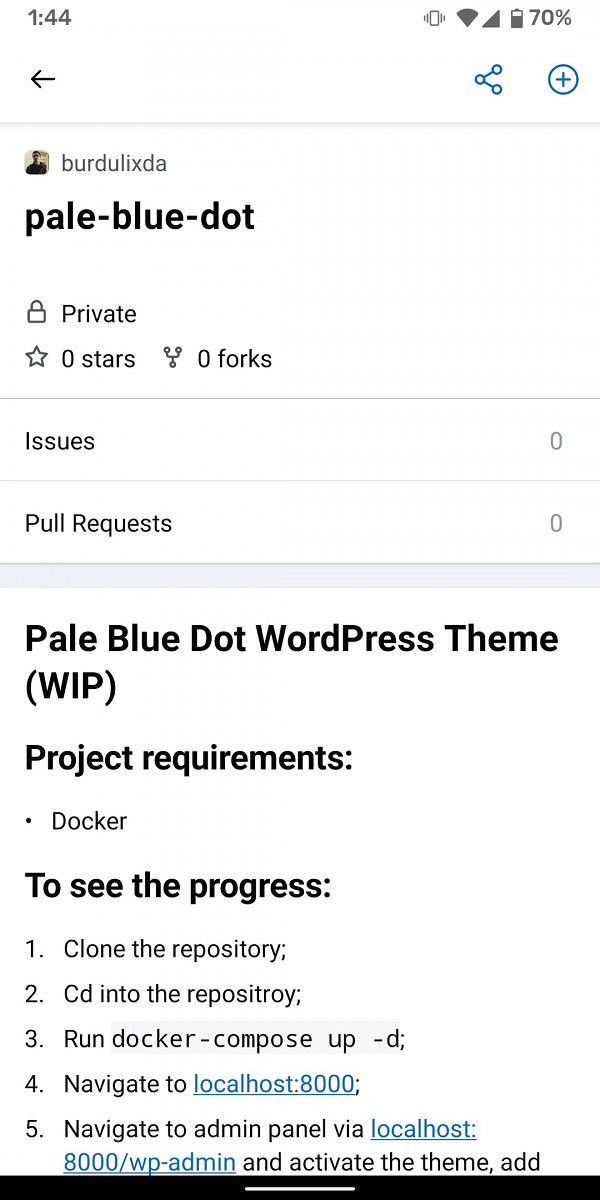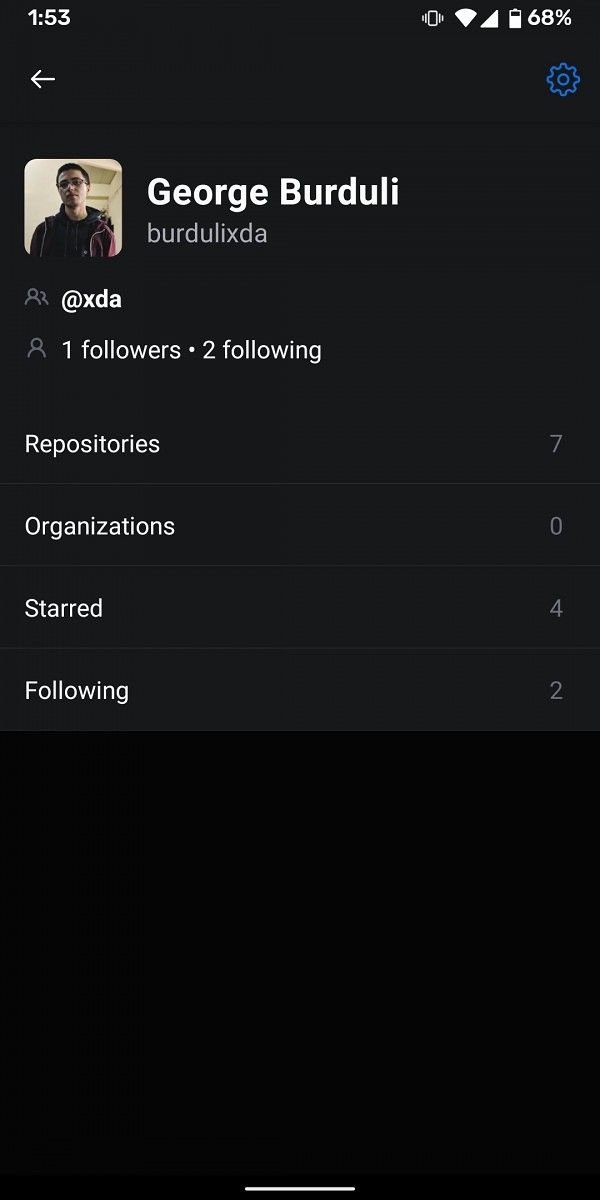Ever since phone makers started ditching headphone jacks wireless earbuds have become an important part of our daily lives. Apple’s AirPods undoubtedly kicked this market into overdrive as companies realized the massive interest for these products. We’ve seen many technology brands release AirPods competitors to varying degrees of success. Mobvoi released one of the best options back in 2018 and now they’re back with the TicPods 2 Pro.
You may know Mobvoi as the company behind the many TicWatch devices, including the TicWatch Pro 4G. Mobvoi has a close relationship with Google and it has consistently made some of the most well-designed accessories for Android devices. The original TicPods were nice, but there was some definite room for improvement.
When I heard about the TicPods 2, there were three things I had in mind as areas for improvement. I wasn’t a fan of the rubber ear tip design, the case was a little on the chunkier side, and it used MicroUSB for charging. The TicPods 2 Pro seemingly fix all of these complaints and add some bonus features. Do all of the improvements on paper add up to a better product? Let’s find out.
Note: This is a review of the TicPods 2 Pro. There is a non-Pro model that does not have all of the same features. The TicPods 2 Pro were provided for review by Mobvoi, but they are seeing this review at the same time you are.
TicPods 2/2 Pro Specifications

Design

All wireless earbuds basically fall into two design categories: “are those AirPods?” or “why don’t you have AirPods?” The TicPods 2 Pro unquestionably fall into the former with the AirPods-esque stems that protrude out the bottom of your ear. The stem provides some weight for a downward force that allows the TicPods to stay in your ear without being in your ear, but more on that in a bit.
The TicPods 2 Pro look a lot like the AirPods, but they aren’t identical. If you look closely you’ll see they actually have different shapes. If you think of the shape of each earbud as a puck and a stem, the “stems” on the AirPods are not centered on the “puck.” This is different from the TicPods 2, where the “stem” is mostly centered on the “puck.” What this means is they will fit in your ears slightly differently. The AirPods design allows the speaker to be closer to your ear canal.

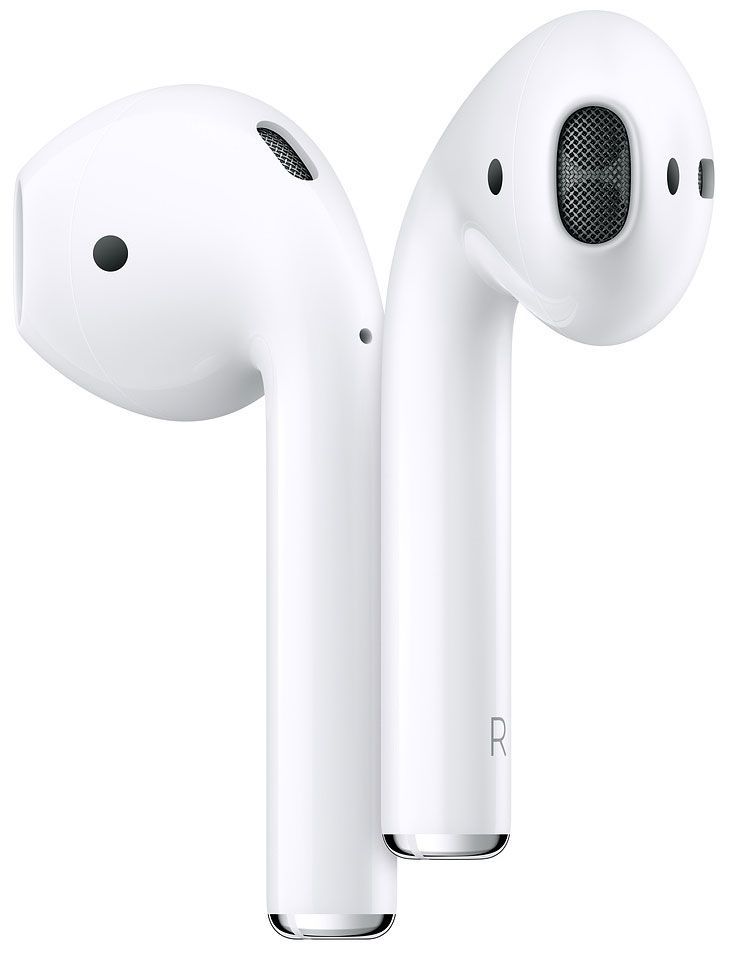
That’s the biggest change from the original TicPods to the TicPods 2. The originals featured a rubber tip that goes into your ear canal to create a seal. Not only does this make the earbuds stay firmly in your ear, but it also seals out ambient noise. The TicPods 2 Pro have an “open-fit” design that doesn’t use rubber tips. They sit in your ear and direct the audio into your ear canal, which does allow ambient noise to get in.
This is where design and fit get very subjective. I know a lot of people prefer the snug fit and noise isolation you get from earbuds with rubber tips. Personally, I’ve never been a fan of how that feels in my ear. It was something I learned to live with since essentially all good Not AirPods wireless earbuds use that design, but I greatly prefer the fit of the TicPods 2 Pro. They are so comfortable it’s easy to forget they are in your ear. I also really like being able to hear my surroundings, so the lack of noise isolation is not a big deal to me. Your mileage may vary.

One thing that I’m not sure about yet is how they will stay in my ear when I’m moving around. The original TicPods rubber tips would slowly work their way out of my ear when running, and while they never actually fell out, it was something that bothered me. Since it’s winter here in the Midwest, I haven’t been able to do much activity testing. Honestly though, even if I have to get some ear hooks for workouts, I’m still very happy Mobvoi switched to the open-fit design.


Another big part of the TicPods 2 Pro package is the charging case. This is where I think Mobvoi made the biggest improvement over the original. I was genuinely shocked by how much smaller the charging case was when I opened the box. I never considered the original charging case to be big, but it definitely was noticeable in my pocket. The TicPods 2 case is smaller in all directions and lighter. It can actually fit in the small “watch pocket” that most jeans have on the right side.
Controls & Software

One of the most important aspects of wireless earbuds is how the controls work. The TicPods 2 Pro offer a bevy of ways to control media, use virtual assistants, and take phone calls. You can double-tap to pick up an incoming call or skip to the next track, long-press to wake up the assistant, or slide up or down along the stem to adjust the volume. These work okay. Sometimes a tap is misunderstood as a slide, but for the most part, they do what I intend. The nice thing is they work on both earbuds so you don’t have to remember which side to use.
If touch isn’t your thing, you can use the “TicHear” voice commands. Mobvoi says you can use these commands without a wake-up word, which is pretty amazing in theory. In practice, the commands are hit or miss. “Play Music” and “Pause Music” work reliably for me, but it often doesn’t detect when I say “Next Song.” When it works, this is a super cool feature. It feels very natural to just say “Pause Music” with no awkward wake-up command.
The third way you can interact with the TicPods 2 Pro is “TicMotion.” This feature allows you to answer/decline calls by moving your head. To answer a call, simply nod your head up and down twice. To decline a call, shake your head left to right twice. I have found TicMotion to work really well and it’s a great feature for the hands-free experience of wireless earbuds.

The last thing to talk about is the “Hey Tico” wake-up command. You can set this up to use whichever voice assistant you prefer, in my case I went with Google Assistant. Say “Hey Tico” and the TicPods 2 Pro will wake up Google Assistant and you can do anything you normally would with Assistant. This has worked very reliably for me and I find I use it a lot more than on the original TicPods, which required a long-press.
Mobvoi has an app that you can install for added customization of the TicPods 2 Pro (it’s not required). The app lets you easily see the battery life of each earbud and the case. You can toggle some of the features I mentioned above as well, like the TicHear and TicMotion controls. I do recommend installing the app if you get the TicPods 2 Pro. One other feature of the app is a live translation mode. It basically works like Google Translate, but you can use the TicPods as a microphone. In my brief testing, it had a hard time identifying the words I was saying, so I would stick to Google Translate or other more fleshed out translators.
Sound Quality

Okay, let’s get on to the main event: sound quality. I think most people understand that to use truly wireless earbuds you’re usually making a sacrifice in regards to sound quality, especially at this price range. $139 isn’t cheap, but there are certainly more expensive wireless earbuds on the market. I would say the sound quality falls firmly in the “fine” range. I’m not disappointed, but I’m also not blown away.
The sound is a bit tinny and doesn’t sound as full as my over-ear Samsung Level On PRO Bluetooth headphones. This won’t be terribly surprising to anyone, but the over-ear headphones sound much more natural. This is especially apparent when listening to people talk on podcasts. It’s probably not fair to compare the TicPods 2 Pro to a pair of high-end over-ear headphones, so let’s look back to the original TicPods.
Out of the box, the TicPods 2 Pro don’t sound as good as the original TicPods. There are a couple of reasons for this. First of all, the snug fit and design of the original TicPods is simply better for sound quality. The other problem is the default equalizer settings on the TicPods 2 Pro. You can adjust this with the Mobvoi app and I highly recommend doing so. The “Standard” preset makes the audio sound muddy and distant. There are 8 presets to choose from and they all sound better than the default.



As I’ve already mentioned, the TicPods 2 can be used for making calls. The TicPods 2 Pro features dual-mic with noise cancellation to enhance voice clarity and reduce ambient noise on phone calls. In the few phone calls I made with the TicPods 2 Pro, the person on the other end said I sounded more “fuzzy” than usual. They said I didn’t sound so bad that it was distracting, but they could tell I wasn’t talking into my phone.
Overall, I’m content with the sound quality on the TicPods 2 Pro. Even considering the sacrifices you have to make for fully wireless earbuds in this price range, I think you can find better sound quality. I was hoping the inclusion of Qualcomm’s aptX technology would mean a marked improvement over the original TicPods, but I’m just not hearing it. If that’s the number one most important thing to you, you might not be happy with the TicPods 2 Pro. For me, it’s not a deal-breaker and I was able to tweak the sound quality enough to be happy.
Battery Life & Connectivity

Mobvoi rates the battery life of the TicPods 2 Pro at 4 hours of continuous playtime. Using the charging case to charge them up every so often, you can get up to 20 hours of usage (23 for the non-Pro TicPods 2). The charging case itself has USB-C Quick Charging and can give you 1 hour of playtime in just 5 minutes of charging. USB-C in itself is a big upgrade over the previous generation.
How does all of that add up in real-world usage? I’m getting a little less than what Mobvoi is claiming. As I write this, the TicPods 2 Pro are sitting in my ears at 25% and they’ve been out of the charging case for exactly 2 hours. In those two hours, I’ve been listening to music, made a phone call, and performed all of the voice and motion controls. So this is probably higher than normal stress on the battery, but it does mostly fall in line with what I normally get.
With that being said, I’m very happy with battery life on the TicPods 2 Pro. I typically only have to charge the case every 3 days or so. With light usage, I can easily make it a full week between charges. Obviously, this is highly dependant on how often you use your headphones. I probably use mine less than the average person, but comparing the battery life to other Bluetooth headphones I’ve used, the TicPods 2 Pro perform well.
You can’t talk about a Bluetooth device without mentioning connectivity. The TicPods 2 support Bluetooth 5.0 and I have nothing bad to report. Connecting the TicPods 2 Pro to my phone the first time was a breeze. They connect to my phone very quickly when I take them out of the case and disconnect when I put them back in. I can walk all around my house and never lose the connection to my phone. The in-ear detection also works very well.
Conclusion

Phone reviews are very subjective, but I feel like headphone reviews may be even more. I have dismissed many headphones simply because I didn’t like how they looked. After all, a pair of headphones is much more visible on your body than a phone that mainly lives in your pocket. These things are in your ears on display for the world to see. Not to mention the fact that wireless earbuds have become a status symbol, but that’s a topic for another day.
For me, the TicPods 2 Pro tic all the right boxes. They’re lightweight, comfortable, pair with my phone effortlessly, have easy to use controls, and sound good. I know there are some high-end wireless earbuds out there that have stellar sound quality, but I think most people are looking for “good enough” in this segment. If you want a pair of really nice sounding headphones, you probably already have a pair of wired or over-ear Bluetooth headphones.
As someone who has been using the original TicPods for over a year, the TicPods 2 Pro are a homerun upgrade. For $139 I would not hesitate to buy these. For only $99 you can get the non-Pro TicPods 2, which don’t include TicHear, TicMotion, or the dual-mic noise cancellation. I would spend the extra $40 for the TicHear controls if you wear earbuds a lot. Overall, I think Mobvoi has done a great job at following up on one of the best AirPods alternatives on the market.
The post TicPods 2 Pro Review: Tics All The Boxes appeared first on xda-developers.
from xda-developers https://ift.tt/35QTgug
via IFTTT











